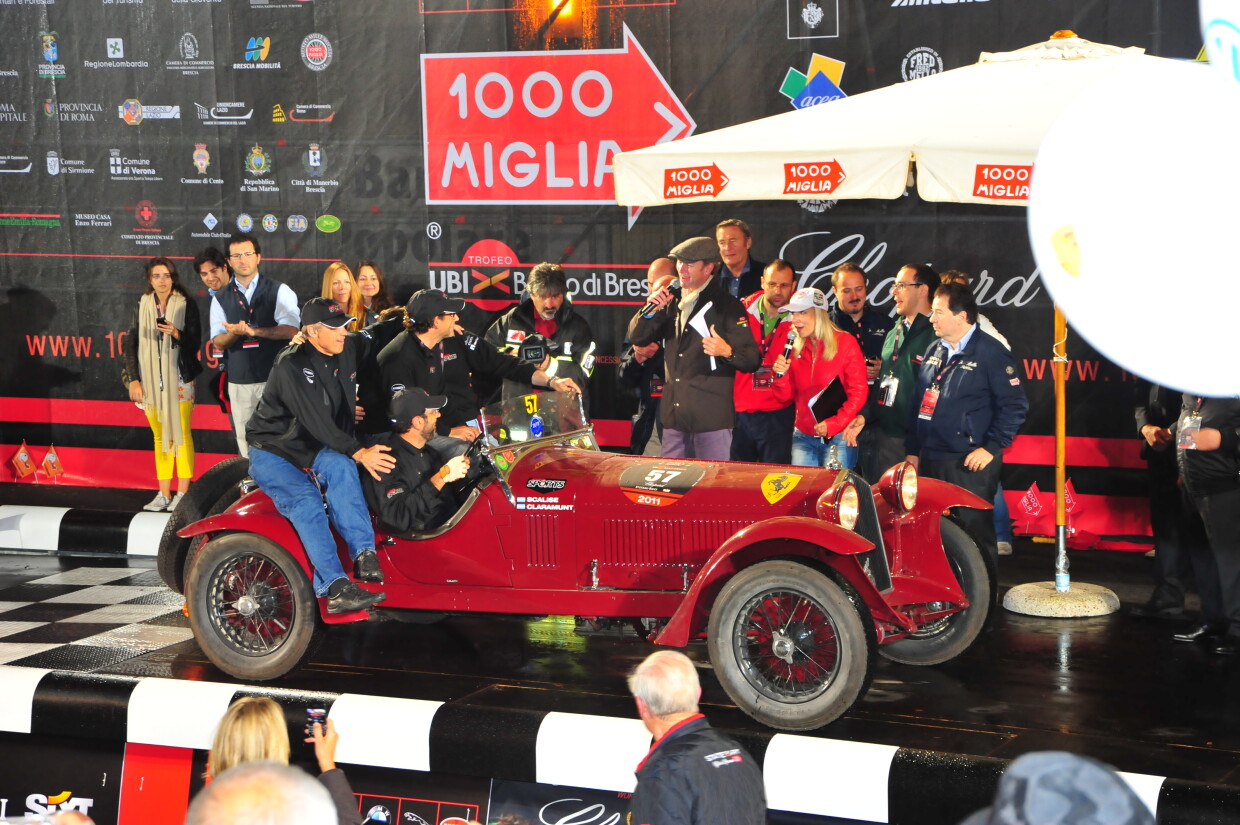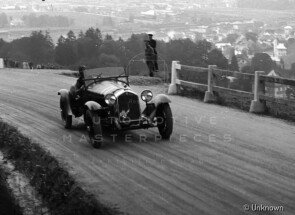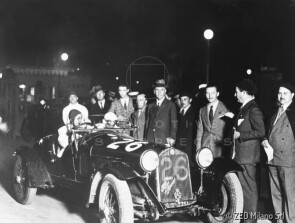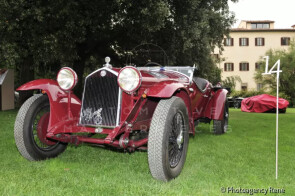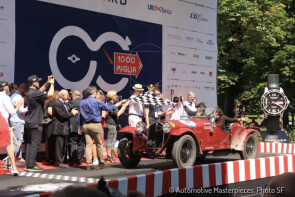
1933 Alfa Romeo 6C 1500 Gran Sport
ON/OFF
Why am I an Automotive Masterpiece?
L. Limited edition cars
no. 18 manufactured
The history of Alfa Romeo coincides basically with that of the history of the automobile and features many stories and numerous cars. The Alfa Romeo 6C stands out amongst the most representative models – the cars of the beginning and the modern post-war ones, and the racing and touring cars. The long journey of the Alfa Romeo 6C lasted almost 25 years, accompanying Alfa Romeo industries from the 20s to the 50s. In the early 1920s, Vittorio Jano was commissioned with creating a lightweight, high-performance vehicle to replace the large and heavy RL and RM models. Between 1927 and 1954, the Alfa Romeo 6C was produced in a series of models: road, race, and sports cars. The "6C" name refers to the number of cylinders of the car's straight six-cylinder engine. The different models’ bodyworks were made by coachbuilders such as Castagna, James Young, Pinin Farina, Touring and Zagato. From 1933, a custom-made Alfa Romeo’s built bodywork became available; it was made in Portello. The car was introduced in April 1925 at the Salone dell'Automobile di Milano as the 6C 1500. The 2-litre formula - that led Alfa Romeo to win the Automobile World Championship in 1925 - changed into the 1.5-litre formula for 1926’s races season. The production started in 1927, with the P2 Grand Prix car as a base model. The more performative 6C 1750 was introduced in 1929 in Rome. The Alfa Romeo cars were absolute stars in the history of motor racing and the various 6C models participated with out-and-out squadrons in the most important races, led by the most talented drivers of the time.
In the early Twenties, Ugo Zagato met the brilliant Alfa Romeo engineer Vittorio Jano, with whom he found himself in accordance: Jano wanted to build Alfas that won races and therefore needed the best suppliers. That was the time when young Enzo Ferrari started his career as a driver of Alfa Romeos. In 1926, with the Alfa Romeo 6C (conceived by Jano), Zagato officially became the coach builder of choice for racers by the Milanese manufacturer. So the Alfa Romeo 6C 1500 Mille Miglia Speciale, winner of the 1928 Mille Miglia, the 6C 1750 SS, winner of the 1929 edition, and the 6C 1750 GS, that in the hands of Nuvolari got onto the highest step of the MM podium in 1930, had all bodies designed by Zagato. The Drake, in the meantime, gradually discarded his racing helmet to don the managerial suit and tie, until, in 1929, he founded in Modena the Scuderia Ferrari, the private team of the official Alfa Romeos. He chose Zagato as partner for the supply of bodies. Thanks to the Alfa-Ferrari-Zagato joint-venture, some unforgettable pages in the history of automobile competitions were written. The Alfa Romeo 6C 1750 Gran Sport, top racing version of the 6C at the time, was also available with a 1.5 litre engine, so that it could race in the lower classes.
Chassis 10814406, built in 1933, is one of 18 equipped with a Testa Fissa engine, that is with a solid head and cylinders to prevent the cylinder head gasket wear during intensive use. Bought new by well-known Italian lady driver Anna Maria Peduzzi (known as “Marocchina”), it was extensively raced in the Thirties. It took part in the 1934 Mille Miglia for Scuderia Ferrari. The driver Anna Maria ‘Marocchina’ Peduzzi and co-driver Gianfranco Comotti finished the race thirteenth overall and won the class Sport for cars with engines up to 1.5 litres. It come back in 1936, driven by Swiss Emmanuel de Graffenried (DNF). In 1953 it was imported to the USA by Luigi Chinetti (the famous Ferrari importer and owner of the NART - North American Racing Team).
